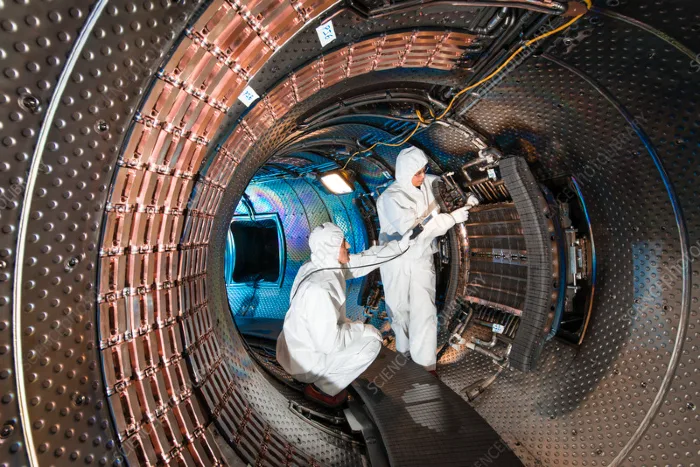Cryptocurrency Mining's Surging Power Demand Shakes Up U.S. Energy Landscape
In an eye-opening revelation, the Energy Information Agency (EIA) has disclosed that large-scale cryptocurrency mining activities are now consuming over 2% of the United States’ electricity supply. This astonishing figure is akin to adding an entire state’s worth of energy demand onto the national grid, underscoring the immense power requirements of the burgeoning digital currency industry.
Primarily driven by the quest for lower operational costs, cryptocurrency miners have been migrating en masse to regions of the U.S. where energy prices are more favorable. This shift, notably accelerated by China’s stringent clampdown on crypto operations, has positioned the U.S. as a new hub for digital mining endeavors.
Data provided by the Cambridge Centre for Alternative Finance, verifies that the U.S. accounted for 38% of global bitcoin mining as of early 2020, a dramatic increase from just over 3% two years prior.
The scale of electricity consumption by these operations is staggering. According to the Cambridge Centre’s findings, the energy used for bitcoin mining in the U.S. rivals that of entire states, with estimates ranging from the consumption levels of Utah to potentially as much as Washington state.
This surge in energy demand not only raises concerns over the environmental impact but also spotlights the broader implications for the country’s energy policies and grid stability.
In response to these concerns, the White House last year proposed the Digital Asset Mining Energy (DAME) excise tax, aiming to impose a 30% tax on the electricity expenditure of crypto mining companies.
The initiative seeks to address the externalities of crypto mining, which, according to the White House Council of Economic Advisors (CEA), include environmental pollution, elevated energy prices, and escalated greenhouse gas emissions contributing to climate change.
The CEA’s stance is that unlike other energy-intensive industries, cryptocurrency mining fails to deliver comparable local and national economic benefits for the amount of electricity it consumes.
This proposal has sparked a debate within the industry, with the Chamber of Digital Commerce urging a shift in focus from punitive measures towards collaborative efforts.
The organization advocates for engaging with the crypto sector to explore sustainable energy solutions that can accommodate the industry’s growth without disproportionately taxing its energy consumption.
More To Discover
- SpaceX Faces Renewed Environmental Lawsuit Over Starship Launches in Texas
- Fish Farms Intended to Rescue Wild Salmon Are Ironically Leading to Their Decline
- Why Geothermal Energy Is the Hottest Thing In Sustainability
- Climate Change vs. America’s $253 Billion Fishing Industry: Senate Hears From Experts
The dialogue around cryptocurrency mining’s energy use is part of a larger conversation on sustainable development and the digital economy’s environmental footprint. As the industry continues to evolve, finding a balance between innovation and sustainability remains a critical challenge for policymakers, industry stakeholders, and environmental advocates alike.
With the U.S. now at the forefront of global crypto mining, how it navigates this challenge could set important precedents for the future of digital finance and its relationship with the planet’s ecological health.























